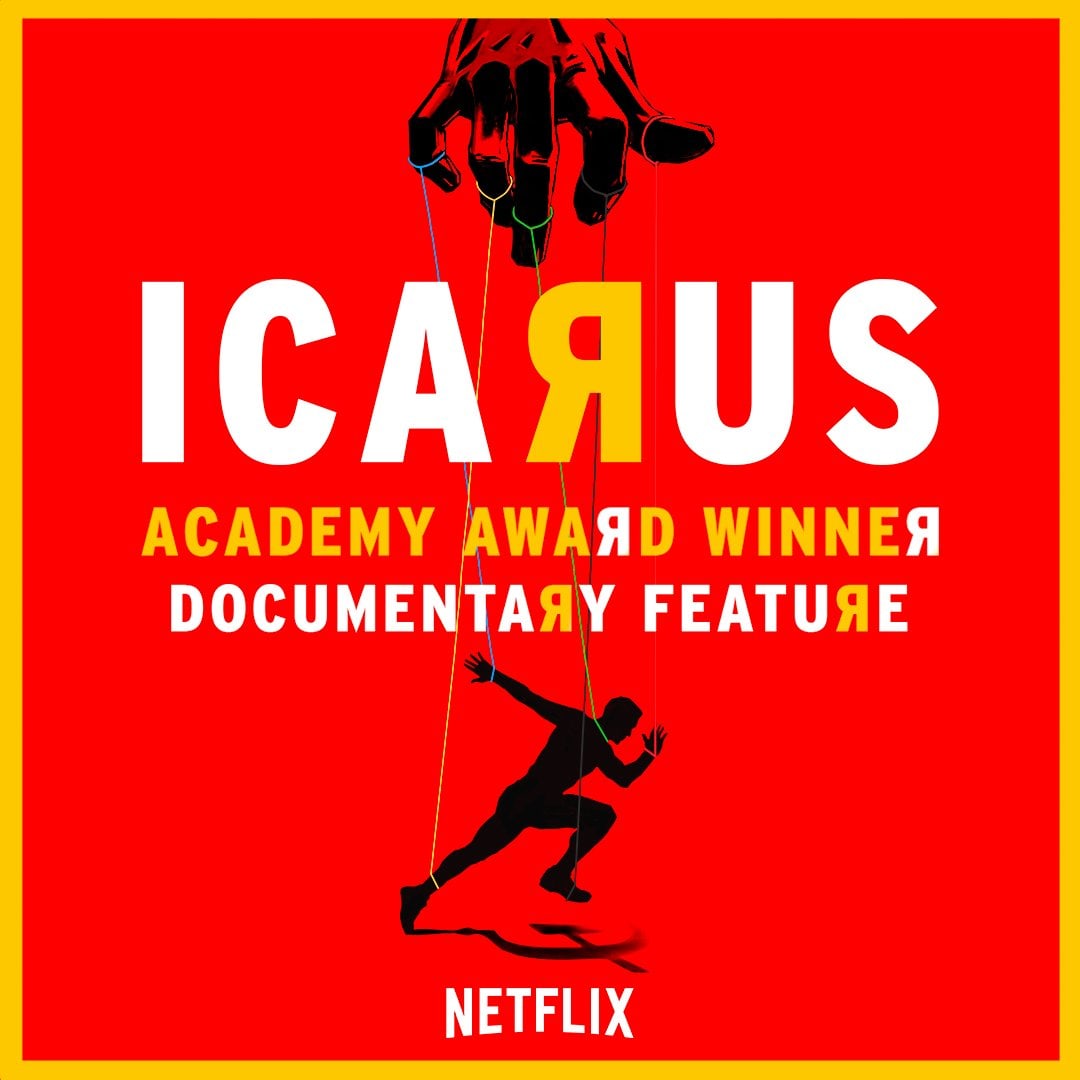Winning margin on live broadcast: How new technology is changing the game

Imagine you’re an international broadcaster tasked with delivering a live event to a global audience. Now imagine you need to distribute it to audiences on mobile devices, television screens and across a plethora of live-streaming platforms all around the world. It’s a mammoth undertaking that encompasses differing work flows, demands highly-skilled teams, requires brilliant technology and now, Artificial Intelligence (AI).
To find out how live production teams do it and how they can improve the process, we spoke to the team at Net Insight, a global solutions provider of live and interactive broadcast experiences.
The rise of remote and distributed production
Live broadcasts can be expensive and require teams of people on the ground. You need cameras, a remote truck, production crew, a support manager, a satellite uplink or a network connection – it all adds up. But collaboration tools and broadcast technologies are giving broadcasters a way to strip away cost. “The scale of what you need to deliver a two-hour live event is eye-watering,” says Larissa Goerner, Strategic Product Manager at Net Insight. “But, why take a large production crew across the world, when you can deliver the same results from the studio?”
“This remote production method has grown over the last 10 years,” continues Larissa. “Now, you only need camera operators and journalists on site. Everything else can be managed remotely from the studio and gallery. The speed of collaboration and broadcast distribution technologies makes communication almost instant, meaning you can capture the best moments and pick the best feeds for broadcast from the remote gallery, in real time. It reduces the need for on site support and helps increase margins significantly – particularly from low-value events.”
This growing capability for real-time collaboration is opening the door for the next step in production, explains Larissa. “The cloud is simplifying broadcast workflows and as collaboration tools become more widely used, media production teams will find themselves working more readily with the best talent from around the world. What we will see next is completely distributed teams working together, employing the best talent regardless of location.”
Find out how collaboration and the need for remote communication is fuelling digital transformation in production
Read the full report nowSupporting the growing demand for high-quality streaming
“There is a transition to digital across live content delivery too,” says Filippa Hasselstrom, Senior Director Product Marketing at Net Insight. “Customers want great content wherever they are. This is forcing live broadcasters to offer high-quality web-based services. The biggest obstacle to overcome is removing latency between the TV and internet as nobody wants to be watching a live stream lagging behind the broadcast feed. But, we are now beginning to see live streams overtake traditional broadcast in speed and quality.”
One benefit of this move to digital is the capacity for integration and automation. “Where possible, broadcasters are looking to automate,” continues Filippa. “This allows distribution of resources up the value chain meaning better quality services for audiences, and it’s now possible to automate lower-value live events, which further extends margin.”
That drive towards automation is furthered by the arrival of Artificial Intelligence (AI). “Companies are beginning to experiment with AI, analysing video and user interaction with live content,” says Larissa. “It won’t be long before camera direction and interactive experiences are run completely by AI, enabling broadcasters to offer personalised, bespoke experiences. .”
“Everywhere there is data and content, expect AI to be involved,” says Filippa. “The more streams we offer, the only logical way to analyse it all and provide the best experience for our audiences is with Artificial Intelligence. Our advice would be to begin experimenting with AI as soon as possible, and get ahead of the curve.”
For more stories on how technology is impacting the shape of the media industry, check out our media section on the blog.




